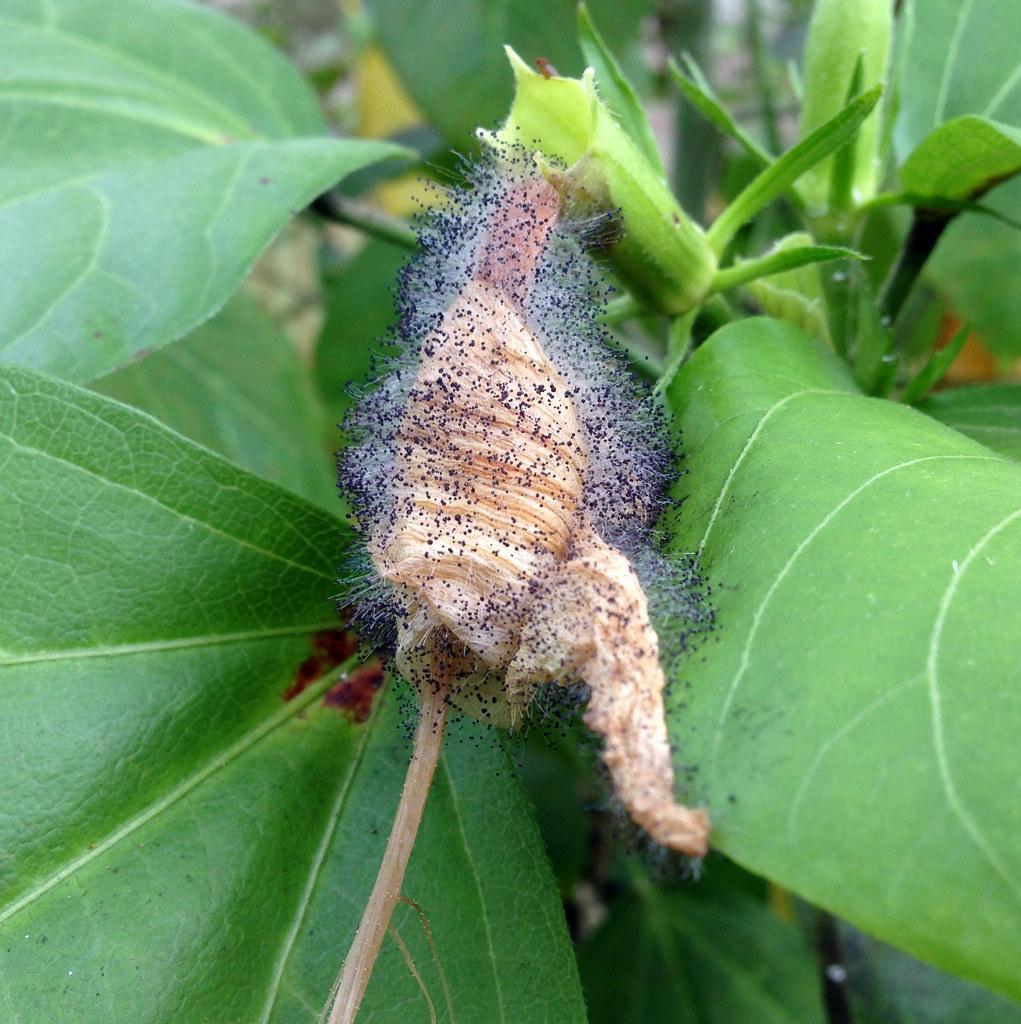
Botrytis bulb rot (Neck rot)
Botrytis spp.
Also Known As - Botrytis leafspot (leaf blight),Leaf blight (Botrytis leafspot),Neck rot (Botrytis bulb rot)What is Botrytis bulb rot (Botrytis spp.)?
Botrytis Neck and Bulb Rot is a fungal disease that affects onions, garlic, leek, and shallot plants. It is caused by Botrytis allii, Botrytis aclada, and Botrytis porri fungi. The disease occurs worldwide wherever these crops are grown. Symptoms include softening, water-soaked, and brown tissue at the neck of onions, along with gray, felt-like growth and the development of dark sclerotia. In garlic, symptoms include stunted growth, dead outer leaves, water-soaked tissue turning dry and necrotic, and the presence of sclerotia.
How does Botrytis bulb rot (Botrytis spp.) occur?
Botrytis neck and bulb rot reproduces through the production and dispersal of spores. The fungus survives in infected plant debris and soil as resting structures called sclerotia. When conditions become favorable, such as high humidity and moderate temperatures, the sclerotia germinates and produces airborne spores. These spores can be spread by wind, water, insects, or human activities. When the spores land on susceptible plant tissue, they germinate and infect the plant, initiating the disease cycle. The fungus then continues to grow and reproduce, causing further infection and spread of the disease.
Symptoms
1 - Effects on Plants
• Botrytis spp. has significant impacts on plants, resulting in yield losses in crops like onions, garlic, leeks, and shallots. • It manifests through stunted growth, decayed tissue, and reduced bulb quality. Moreover, it weakens the plants, making them more vulnerable to other pathogens.
2 - Effects on Soil and the Environment
• Botrytis spp. has significant impacts on both soil and the environment. The presence of sclerotia in the soil acts as a source of inoculum for future infections, posing a continuous threat. • Disruption of crop production affects local food supplies and has adverse economic consequences, highlighting the need for effective management strategies.
Solutions
1 - Prevention Measures
• Rotating crops help reduce disease pressure by interrupting the life cycle of Botrytis spp. and preventing its buildup in the soil. • Promptly remove and dispose of any infected plant material, as it serves as a potential source of inoculum for future infections. • Good airflow in growing and storage areas helps reduce humidity levels, creating an unfavorable environment for Botrytis spp. • Excessive nitrogen promotes lush plant growth, making them more susceptible to Botrytis spp. infections. Use fertilizers judiciously to maintain balanced plant nutrition. • Proper drying and curing of bulbs reduce moisture content, inhibiting fungal growth. Ensure well-ventilated and adequately spaced drying areas to promote efficient drying and minimize the risk of Botrytis spp. infection.
2 - Fungicides for Treatment
• Fluxapyroxad/Pyraclostrobin is a fungicide used for treating Botrytis Neck and Bulb Rot, and it is available under the brand name Merivon Xemium. • To combat the disease, the fungicide Iprodione, sold under the brand name Rovral Brand 4 Flowable, can be applied as a foliar spray. • Chlorothalonil is an effective fungicide for suppressing Botrytis Neck and Bulb Rot. It can be found under different brand names such as Bravo Weather Stik and Echo 720. • Remember to read and follow the instructions on the fungicide labels for proper application and dosage carefully.
